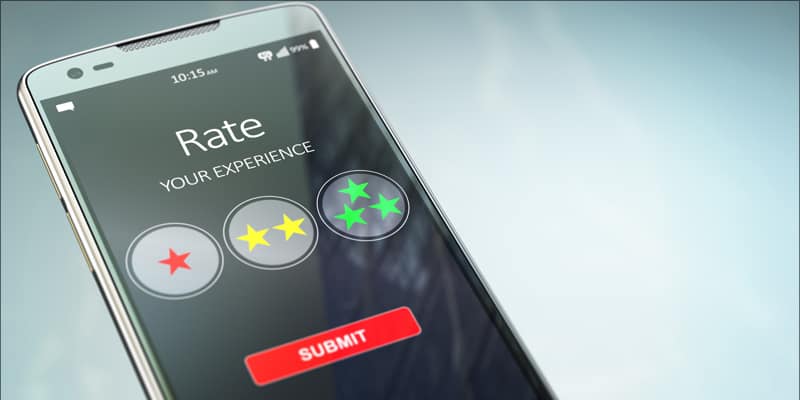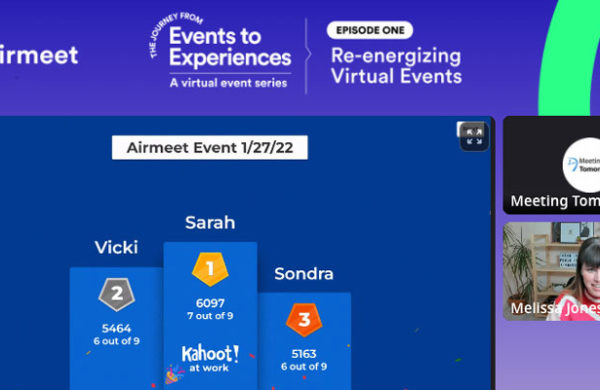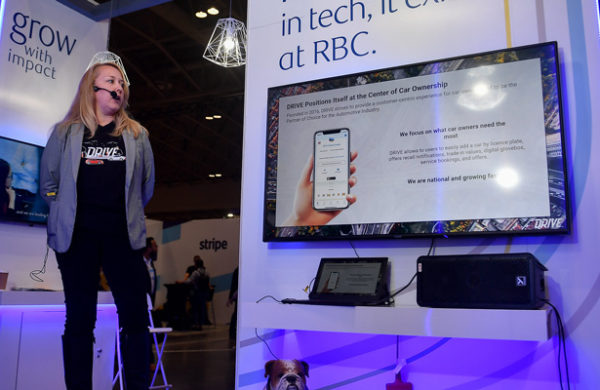
Let’s start with an honest truth: the events you host aren’t about you – they’re about your attendees. If they don’t leave smarter, happier, more inspired or better connected to their peers than before they arrived, what was the point of bringing them together in the first place?
As an event professional, it’s critical that you have your finger on the pulse of what your attendees actually feel about their experience at your event. It’s the only way to constantly make improvements that people care about, and the only way to ensure that people continually want to show up to your events.
So how do you learn what your event does a great job of and where it could stand to be improved? You’ll need to directly ask for feedback – and then actually implement changes based on what you’ve learned.

1. Asking for attendee feedback
An event can be a major production; as such, there are a huge variety of attributes that you may be interested in gathering feedback on. Some common and useful areas to solicit comments on include:
Speaker or Sessions
How engaging were each of your speakers or sessions? If your event is centered around these two things, getting honest responses about how useful and enjoyable they were is critical.
Questions that you may ask include:
- On a scale of 1-10, how engaged were you with this session/speaker?
- What was your biggest takeaway or new piece of information you learned?
- What could have been improved about this session/speaker?
Food and Drink
The food and drinks you serve need to taste good and keep attendees energized throughout the day. If people aren’t happy about their options, they’ll likely get grumpy (or hangry) pretty fast.
Questions to ask about your food & drink include:
- On a scale of 1-10, how tasty was the food and drink provided?
- Were there enough opportunities to get a snack and beverage outside of mealtimes?
- What changes would you want to be made to our food and drink options next year?
AV and Technology
The AV & technology used at your event hopefully made everything easier and more engaging for your attendees, but it’s always possible that something didn’t work as planned.
Questions to ask about your event’s AV and technology include:
- Were you able to adequately hear all speakers?
- Were you able to adequately see all video presentations?
- On a scale of 1-10, how did the stage and lighting look?
- Did you notice any technical issues during the event? If so, please explain.
Social and Networking Opportunities
For many, events are as much about the other people attending as they are about the official sessions and speakers. To help keep your social attendees happy, you’ll need to find out if your organized networking opportunities were beneficial and fun.
Questions to ask about your event’s social and networking opportunities include:
- Did you feel you had enough opportunities to network?
- On a scale of 1-10, how did you enjoy the happy hours?
- What did you think of the venue that hosted the happy hour?

2. The best channels for collecting feedback
Once you’ve figured out what it is you want to ask, you need to determine the best avenue for you to use to collect input. Below are some of the most popular and well-received ways of gathering attendee comments.
Surveys Shared Via Email
Surveys sent via email are usually the best way to collect more detailed comments and ask a larger number of questions about the event. You can use whatever survey tool you like best; we recommend you customize your email with your event’s branding and a brief explanation about why you are sending out the survey so you don’t get dismissed by recipients.
The two most common ways to manage email surveys:
- Send one at the end of each day of your event, asking for feedback specifically about that day
- Send one at the conclusion of the event, and ask questions spanning the duration of your function
Even though email surveys are the best option for asking larger numbers of questions, don’t go overboard: the shorter and easier it is for a person to complete your survey, the higher the likelihood that they actually submit it. 5 questions answered by 250 people is far more beneficial to you than 25 questions answered by 5 people.
Want to see this in practice? Check out this great example survey on GetFeedback’s website.
In-App Surveys
If you’re using an app for your event (we’re big fans of simple, to the point event apps), you’d be missing out on an easy win if you chose not take advantage of the fact that attendees are already engaging with you on their phones.
We especially like using in-app surveys to have people rate individual sessions or speakers. If your app allows you to collect a list of each session a person attends, you can share surveys that are customized for each sessions.
As with anything on mobile, don’t ask survey takers to write a novel when they could share their feedback with check boxes, buttons, or drop down options. Typing more than a few sentences on a mobile device can feel like work, so do your best to limit free responses to questions that can be answered with brevity.
Push Notifications
Push notifications are great for quickly collecting information about a single question. For example, after a keynote speaker concludes, you can send attendees who have installed your event app a question asking “What did you think of our keynote speaker? Please rate 1 -5 stars.”
Recipients will be able to respond quickly and while content is still fresh in their minds. Of course, this isn ??t the approach to take when you want to dive deep into understanding what people liked or didn’t like, but it’s a fantastic way to quickly take the temperature of the room.
Social Media
If you have an active social media following, or at least an event hashtag that is widely used by your attendees, you can ask questions about how people are enjoying your event over Facebook or Twitter. If you chose to go this route, you’ll need someone to monitor all responses and respond quickly.
You can ask questions during the event or host a Twitter chat a few days after everything wraps up. The benefit of soliciting feedback on social is that you’ll be meeting people on a network they’re already spending time on, so they’ll be less likely to feel they are doing “work” to submit their comments. Keep in mind, though, that some people prefer anonymity – or at least don’t want to leave feedback publicly – so you may not get as many responses on social as you would using other means.
Want more ideas of ways to solicit feedback? Check out Hubilo’s article about how to ask for the perfect event feedback.

3. How to incorporate the feedback into next year’s event
Once you’ve collected all of the feedback from your attendees, you’ll want to spend some time reviewing and cataloging the input. Don’t race through this review session: you should look for patterns of praise or constructive criticism, which may involve playing around with data beyond just simply reading through responses.
Once you’ve determined where you can improve, you need to take action to ensure your next event better meets the needs of your attendees. Whether it’s adding more audio equipment to help folks in the back of the room hear the speaker, including a larger variety of snacks, or offering more networking happy hours, take advantage of the fact that you know what your audience wants.
As you promote the next occurrence of the event, be explicit about the fact that you’ve made improvements based on feedback from last year’s participants. People will appreciate that their voices were heard and feel confident that any shortcomings they may have experienced in the past have been resolved.


